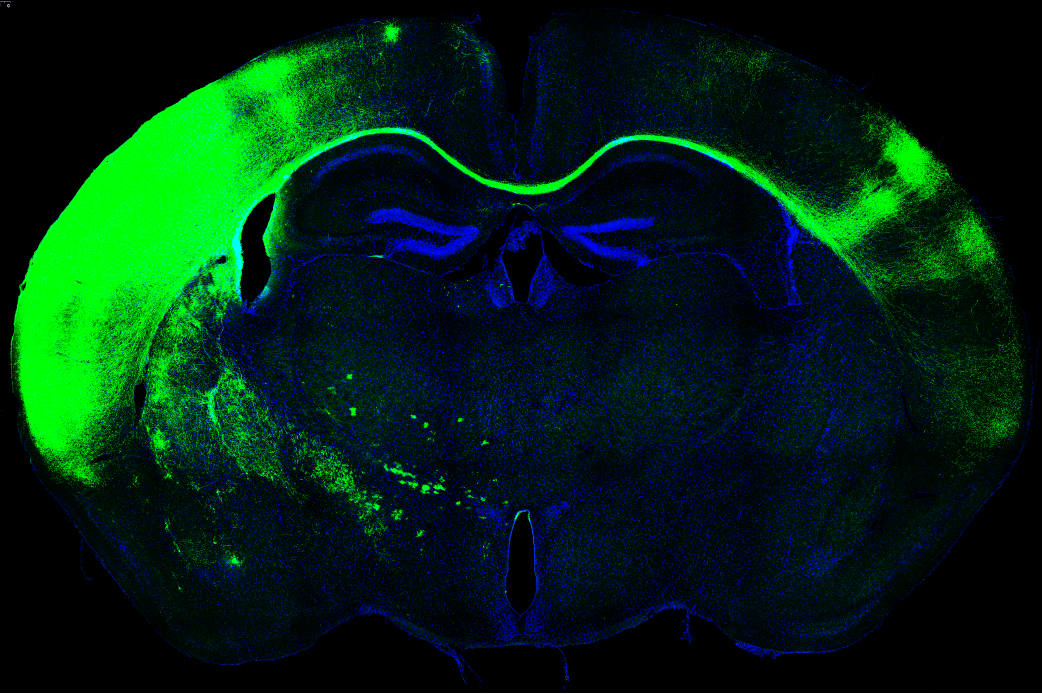 Millions of fibres connect one half of the mammalian brain to the other half. Together they form the corpus callosum, and transmit essential information that allows the two hemispheres to communicate with each other. If this wiring does not form correctly during postnatal development, the hemispheres will not work in a coordinated manner, leading to loss of higher brain functions and mental illness that originates during development.
Millions of fibres connect one half of the mammalian brain to the other half. Together they form the corpus callosum, and transmit essential information that allows the two hemispheres to communicate with each other. If this wiring does not form correctly during postnatal development, the hemispheres will not work in a coordinated manner, leading to loss of higher brain functions and mental illness that originates during development.
In a study published today in the journal Neuron, CNB-CSIC researchers explain that postnatal neuron activity in the brain, orchestrated by expression of Cux1, a protein that influences neuron differentiation, is essential for correct formation of this information superhighway. This study was made possible by funding from the Fundación Ramón Areces, the Fundación La Caixa, and the Spanish Ministry of Economy and Competitiveness
"We hadn’t previously understood this important function of the electrical activity in the brain immediately after birth. We now see that it is essential for correct wiring between the hemispheres," says Marta Nieto, CNB researcher and author of the study.
A postnatal time window in which to tackle problems such as autism
The scientists have linked postnatal electrical activity with expression of Cux1, a transcription factor that specifies the neuron subtype that certain brain cells will become. "Cux1 influences neuron activity in the developing brain. Thanks to this, it ultimately controls formation of the connections of the corpus callosum,” Nieto explains. “For the first time, a transcription factor and postnatal neuron activity have been associated with the formation of a brain structure as important as the corpus callosum.”
When scientists inactivated the Cux1 gene in mouse embryos, neurons stopped expressing Kv1 potassium channels on their membranes, which led to abnormal electrical activity. As a result, the neuron was unable to form the connection through the corpus callosum.
Each neuron in the adult brain has a characteristic activity, a code with which it communicates with other cells in the circuit. This study shows that, even while the circuit is being formed, each neuron’s activity determines with whom it will be able to connect.
Further study also showed that if the function of these proteins is recovered shortly after birth, the brain is able to reconnect correctly. "For a limited time after birth, we can restore lost connections," said Carlos Garcia Briz, one of the authors. According to the scientist, this suggests there might be hope of recovery in human pathological conditions associated with incorrect corpus callosum formation or even where other types of neuron connections are lost. "We want to continue this line of work and try to extend the time in which lost function can be recovered," adds García Briz.
- Rodrı´guez-Tornos et al., Cux1 Enables Interhemispheric Connections of Layer II/III Neurons by Regulating Kv1-Dependent Firing, Neuron (2016), http://dx.doi.org/10.1016/j.neuron.2015.12.020





